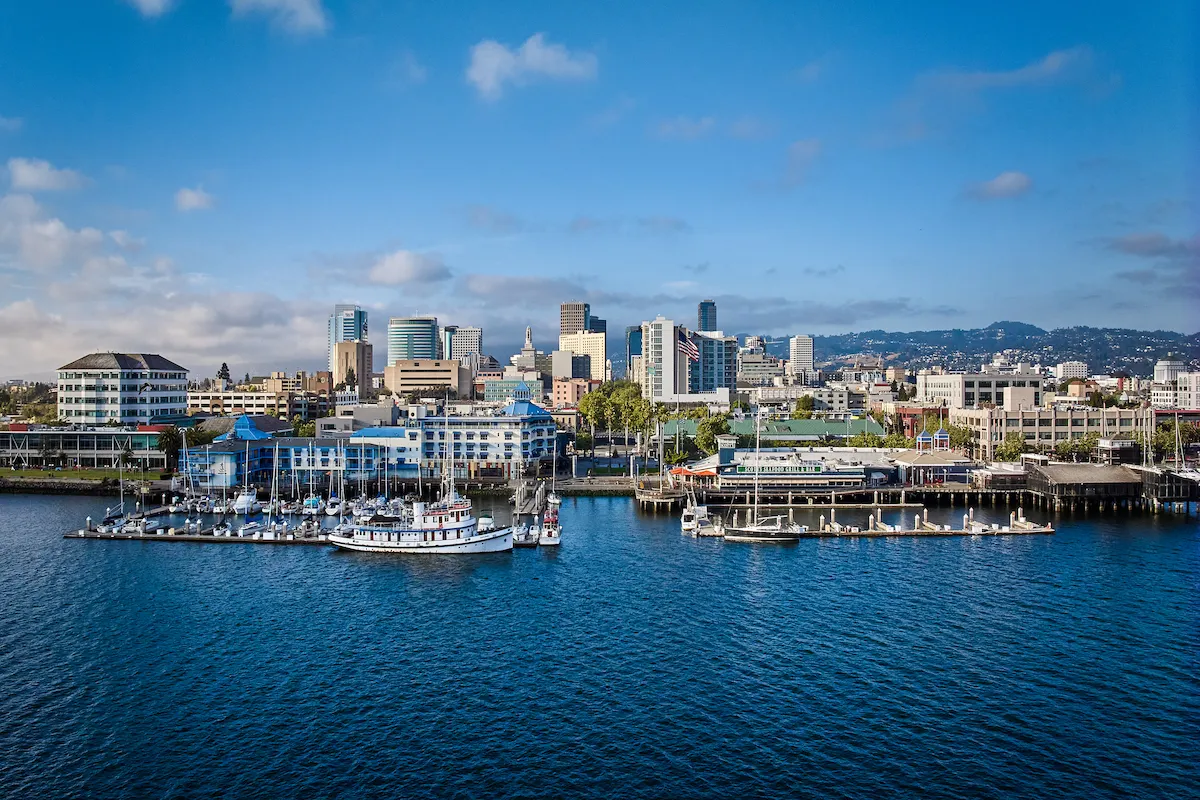
The Best Suburbs of San Francisco
The Bay Area has so many recreational, cultural, and gastronomical treats that can’t be found in So Cal.

The Bay Area has so many recreational, cultural, and gastronomical treats that can’t be found in So Cal.
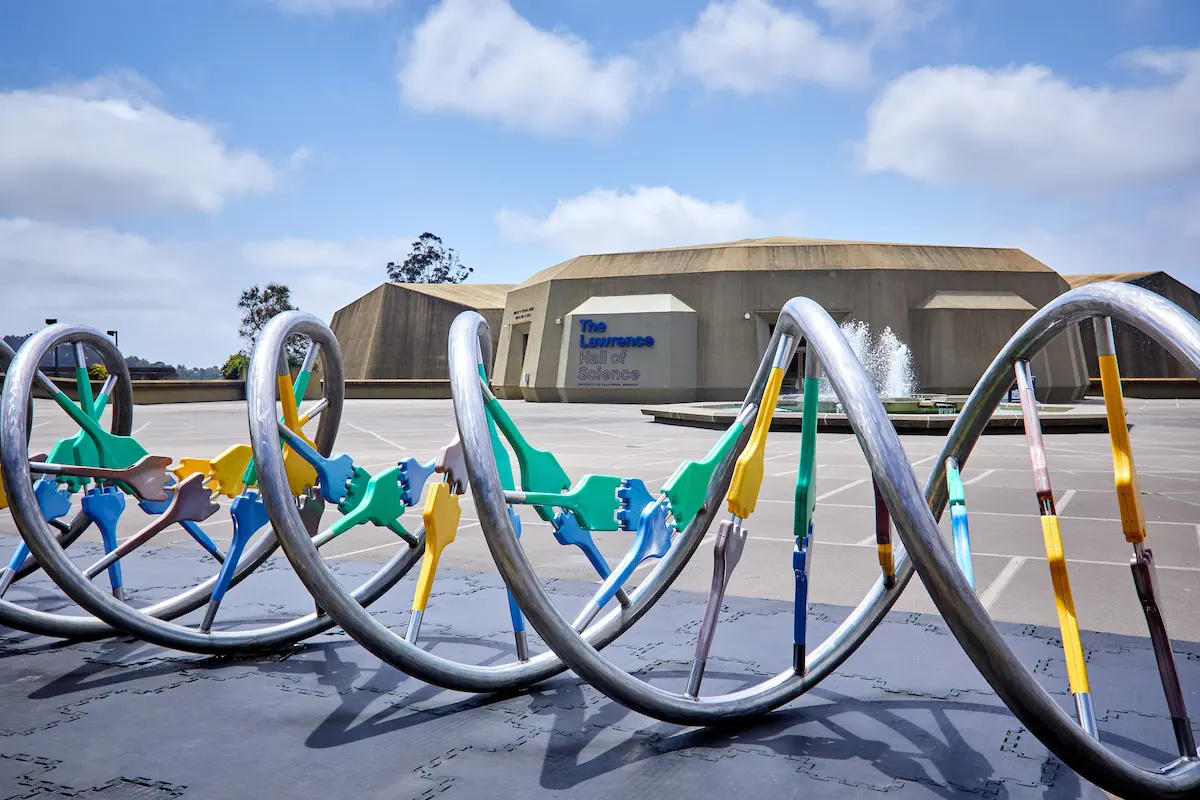
No matter what your interests, the East Bay offers incredible diversity, cultural richness, and natural beauty. Here’s an overview of ten local treasures that are not to be missed.
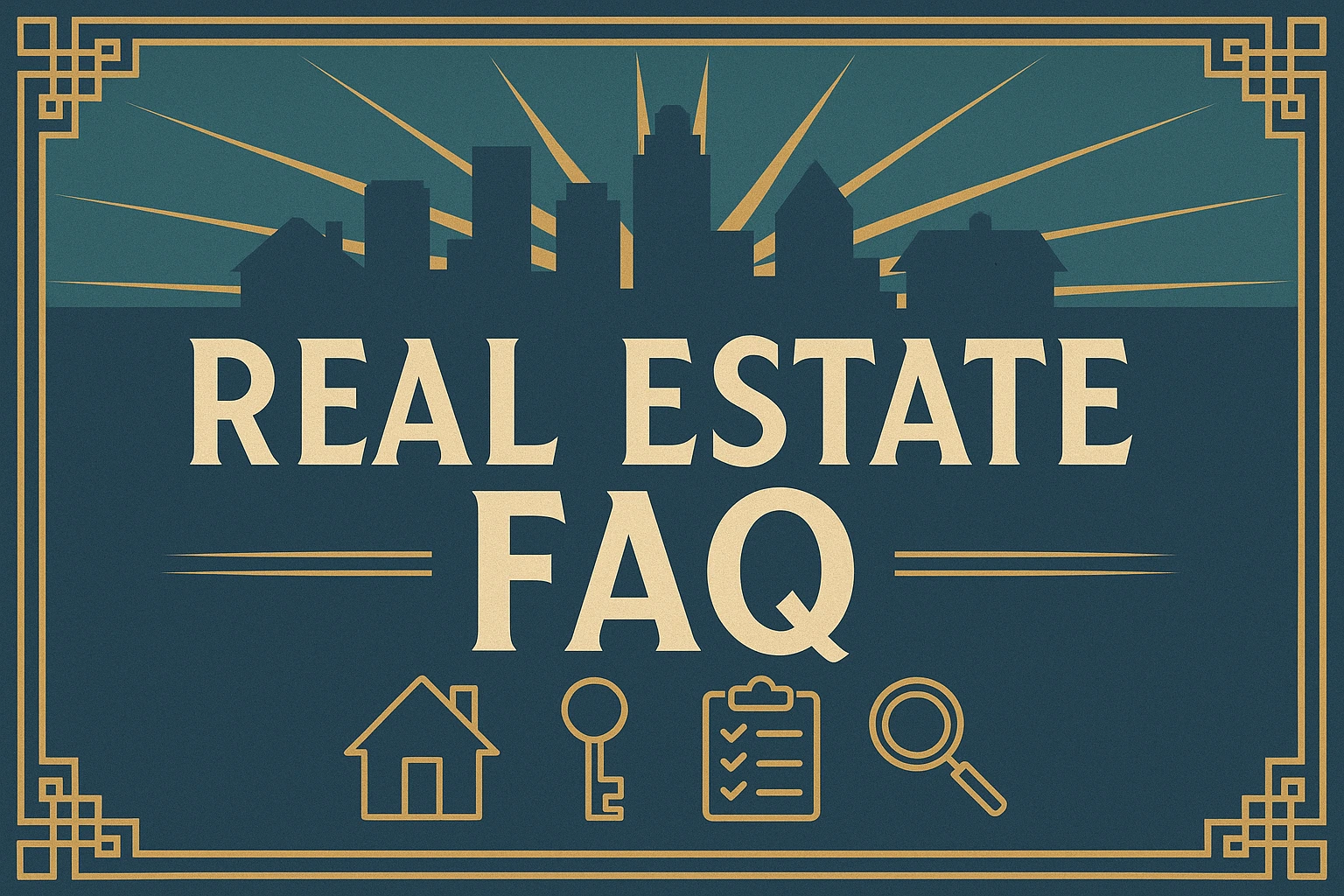
Wondering what’s really happening in the Bay Area market right now?
This FAQ gives a clear snapshot of where things stand and where they may be headed. It distills affordability basics, how income and financing shape buying power, and the rent-versus-buy tradeoffs. You’ll also see a high-level view of locations, lifestyle and safety considerations, plus how Winkler Real Estate Group supports you with deeper guides when you’re ready to dig in.
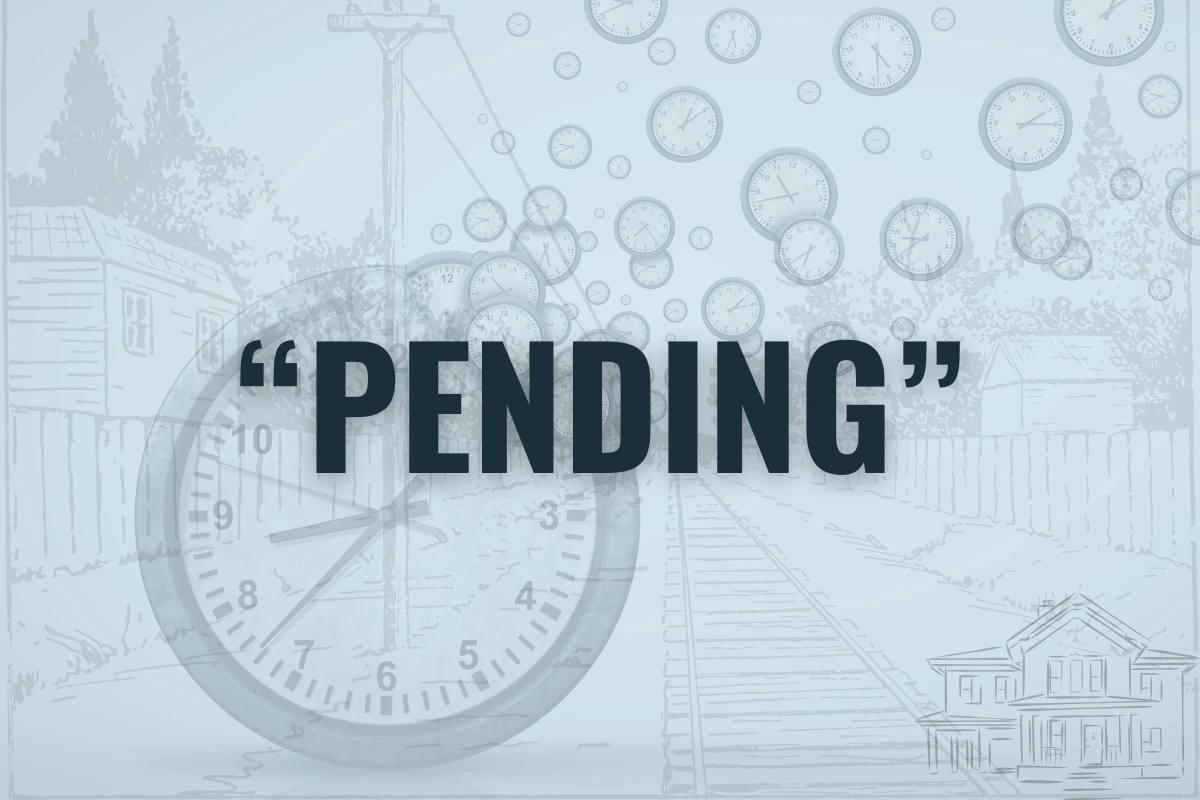
Learn what ‘pending’ means in Bay Area real estate. Understand how this status affects offers, timelines, and your strategy as a homebuyer.
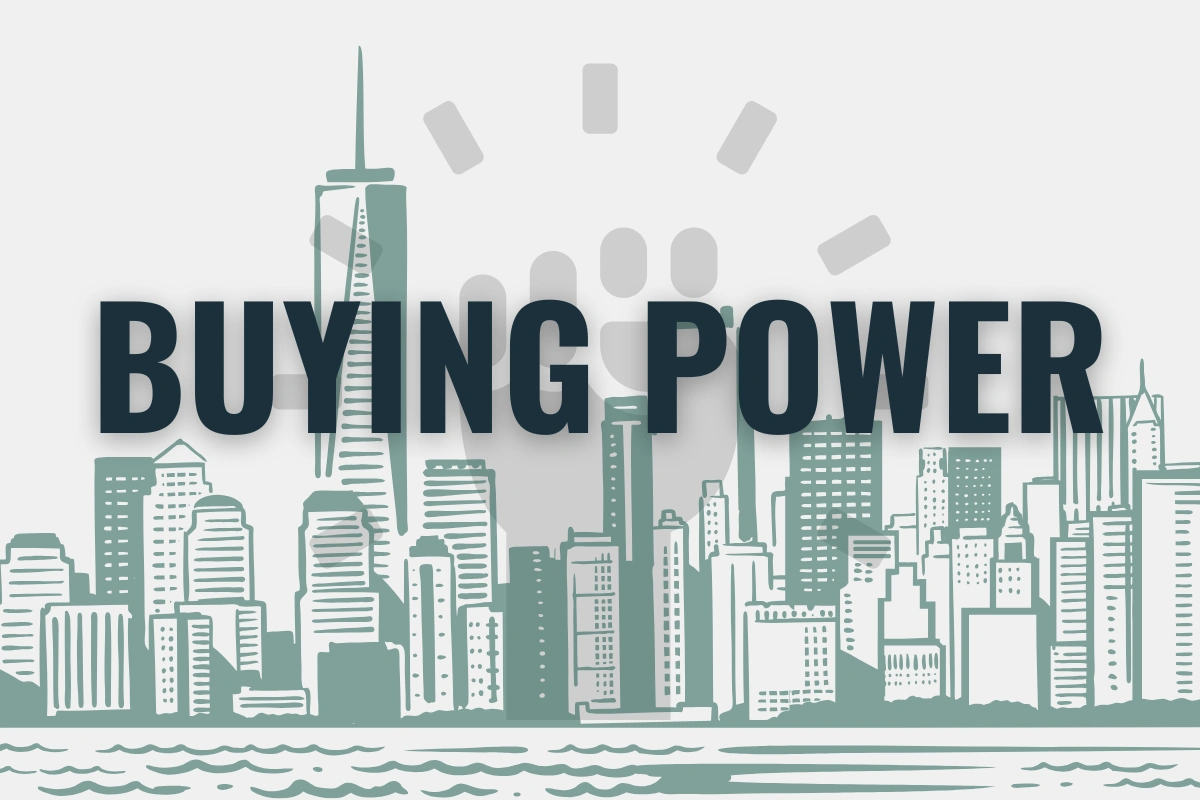
Understanding your home-buying power is essential when navigating the competitive Bay Area real estate market. It’s shaped by factors like income, credit score, debt-to-income ratio, and down payment—each influencing the homes you can afford and the terms you’ll secure. By improving your financial standing and staying informed on market conditions, you can maximize your buying power and make confident decisions in a market where timing is everything.

A comprehensive guide to East Bay farmer’s markets, including locations, hours, and special events, as well as seasonal produce and how to choose it.

Let’s look at several of the real estate properties that have played leading roles over the years. Has their worth or general appeal skyrocketed with fame? Whether chosen for their beauty, suburban charm, or quirky vibes, properties all across the Bay Area have had their moment in the limelight.
Here, in order of their film debut date, are ten properties in the broader East Bay and San Francisco area that have been featured as locations in film and television. You may be surprised how much their value has skyrocketed over the years!

The East Bay offers an incredible array of culinary delights, from international cuisines to local favorites. Whether you crave Mediterranean, Thai, deep-dish pizza, or the best bagels, there’s something for every palate. Don’t miss iconic spots like Burma Superstar and Chez Panisse, or explore unique venues like Cafe Ohlone, which showcases Native American cuisine.
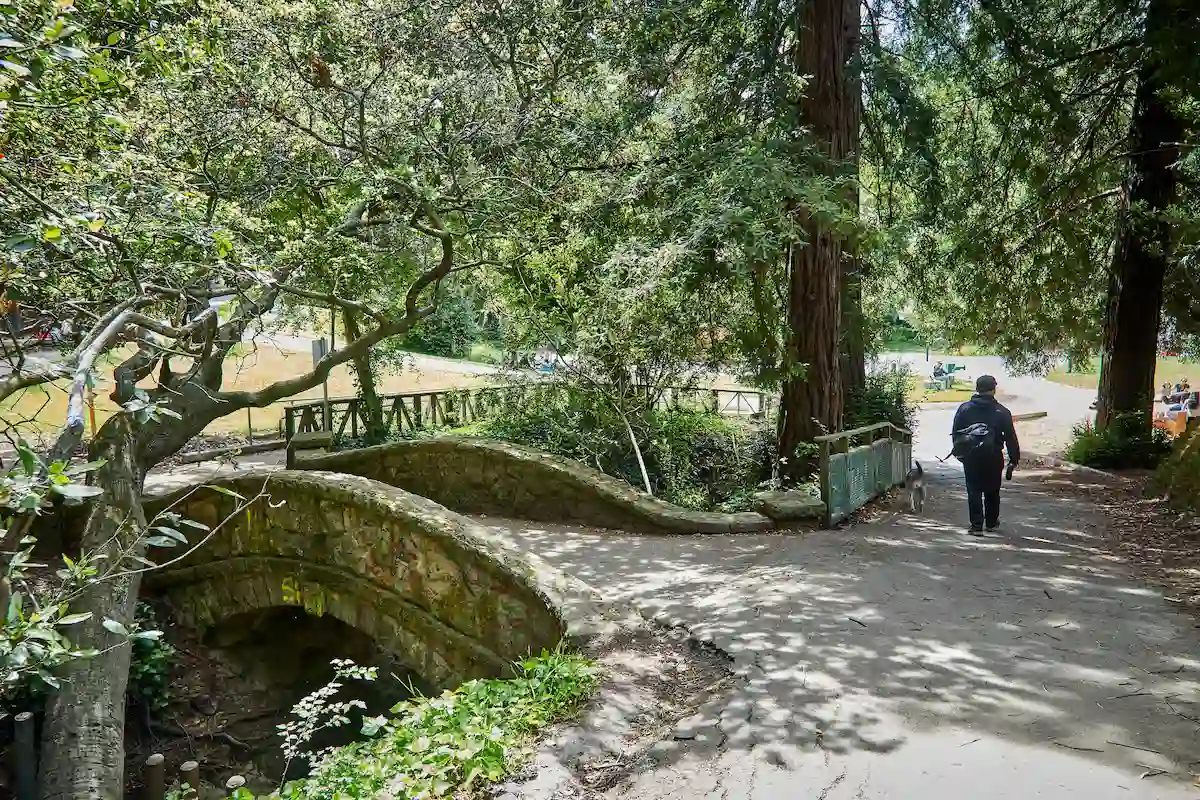
Join us as we uncover the hidden gems of the East Bay. From charming small towns to unique parks and quirky shops, there’s a lot to explore. Whether it’s scenic views, offbeat attractions, or local history, there’s something special waiting to be discovered.

A Quick Guide to Help Get You Started Buying and Selling Rental Properties in the East Bay

HOI, or Housing Opportunity Index, measures the percentage of homes in an area affordable to the median-income family, crucial for assessing housing accessibility. Understanding HOI guides decisions for buyers, investors, and policymakers, offering a clear snapshot of housing affordability.
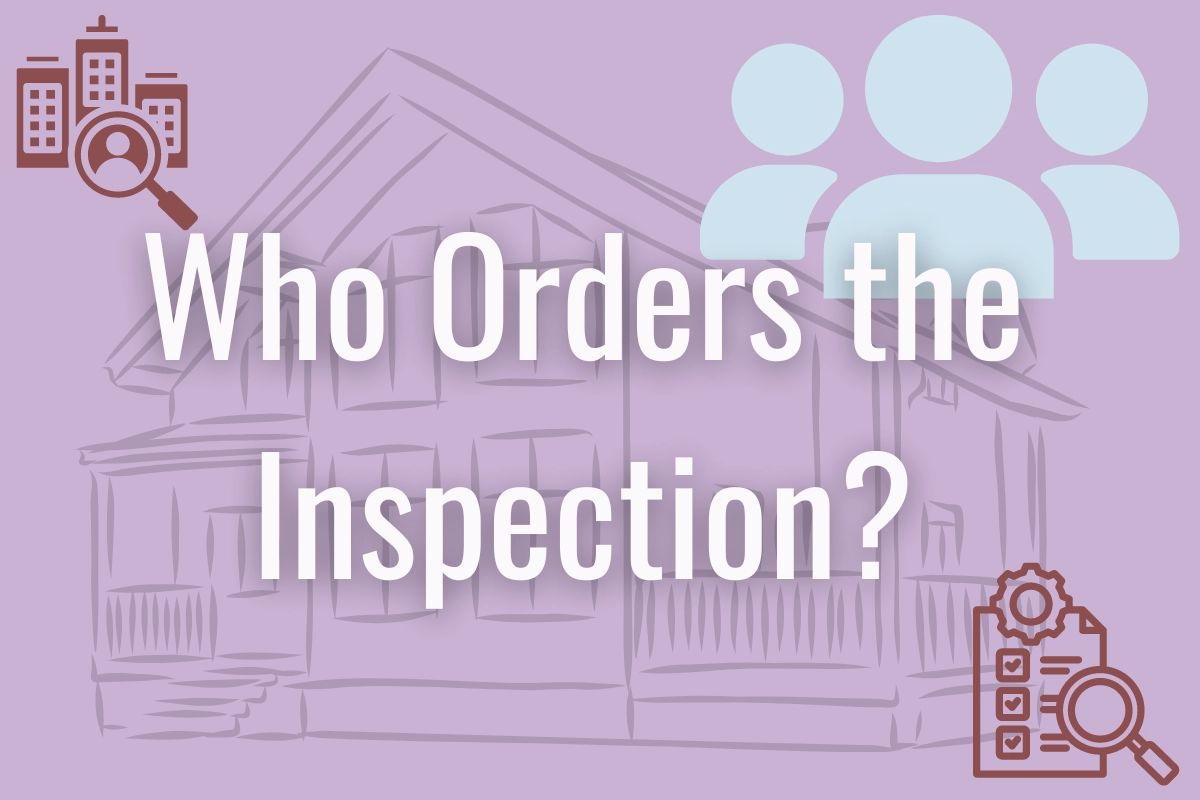
In the homebuying process, the buyer typically orders and pays for a home inspection after the offer is accepted. Sellers in the inner San Francisco Bay Area often opt for a pre-listing inspection to address issues before listing. Buyers can negotiate a contingency to conduct their inspections.